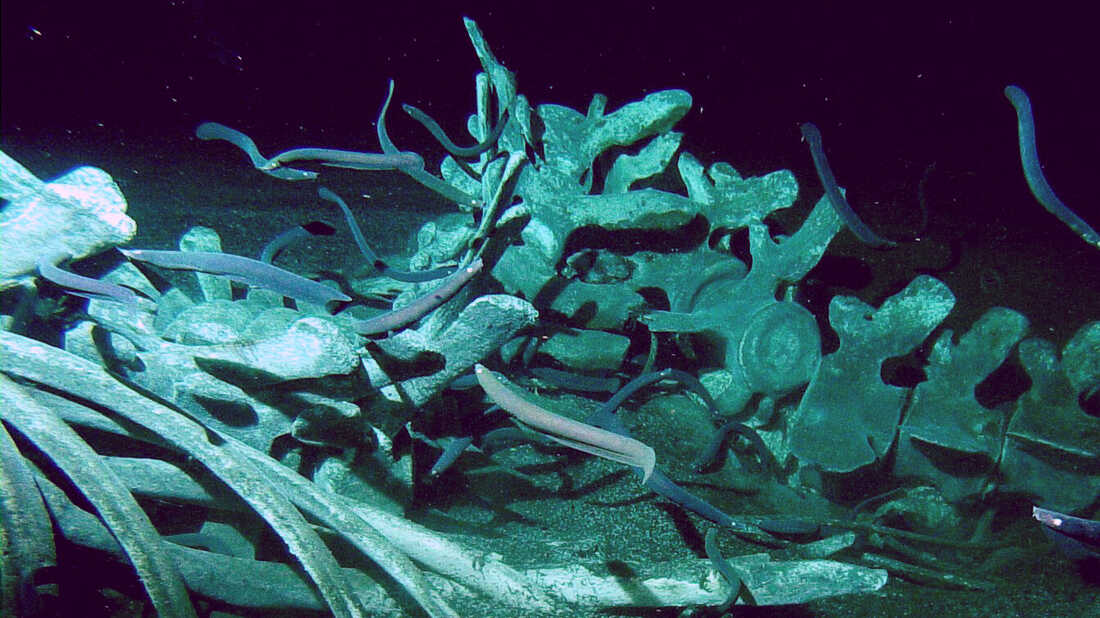William Morris (1834-1896) - who looked at several techniques of textiles for interior designs stylised natural forms. He derived inspiration from nature and the past, but from nature above all.
Allan Francis Vigers (1858-1921)- who with the style of William Morris, arranged natural forms in high stylised formation.
Wall hanging, designed by William Morris, made by Ada Phoebe Godman, 1877, England. Museum no. T.166-1978. © Victoria and Albert Museum, London
Textile design, Allan Francis Vigers, 1901, England. Museum no. E.5514-1960. © Victoria and Albert Museum, London
I will look at these two textiles designers. Details displayed below their work, for example, title, artist's name, type of design and exact year, etc. I added a source to their work, click the link for V&A website page.
I start here to talk about William Morris's work(giving one more example below) and I will explain pieces of two artist's work respectively.
The Strawberry Thief is one of the famous wall hangings collections of William Morris in V&A museum. William Morris made the intricate design and the birds were drawn by Philip Webb. He used indigo-discharged method(an ancient technique used for many centuries mostly in the East) and block-printed cotton. The 'Strawberry Thief' includes birds, strawberries and flowers as shown in the picture below. The patterns are in brown, yellow and shades of green, blue and red on a dark blue ground. William was inspired by a problem from his real-life which is also an issue farmers facing to.' In his garden at Kelmscott Manor, Morris tried to grow strawberries but found that these were always being eaten by greedy thrushes who managed to creep under the netting. Morris allowed them to do so enjoying their efforts to remove the strawberries.' (information provided by Tapestries Direct website page) William designed this appealing furnishing textiles pattern recalling to the greedy thrushes' attempts. He took this inspiration directly from the natural world. The gentle humour in this pattern helped to make it successful. According to the story behind it, I think his work is as definitive and expressive of the natural world. One of his writings just proves: both arise from an intense sympathy for nature and from hours of detailed observation. This writing just shows Morris's strong awareness of natural beauty and his receptiveness to the power of nature which I think are the skills needed. As reported by an article in WILLIAM MORRIS DECOR AND DESIGN BOOK, CHAPTER TWO, Morris recast the art of pattern-making and modified the course of Western design. There is one thing I can avoid in my designs which was the reason made 'naturalistic' products awkward in the mid to late nineteenth century. The patterns were available to the Victorian consumer on wallpaper, fabric and carpeting. Unfortunately, the outcome was not expected. ' The attempt at realism, with elaborate shading and a wealth of detail, tended to produce amateurish three-dimensional effects. The result could be overpowering, almost inspiring a feeling of vertigo if spread underfoot or claustrophobia if displayed on the wall.' Designers from different directions challenged this popular trend in design. Conspicuously, Owen Jones, who advertised the abstract and geometric designs of cultures to the world, from Arabia to Polynesia. He interested in flat colour and stylization.
To sum up, I do think these sources are important and helpful to develop my idea for a major project.
There is a challenge to title the balance of the whole piece, especially made the patterns symmetrically but not boring. I will use the way how Morris got the inspirations to my project development and remind myself about the colour balance. The mazarine and green colour in this piece create a mysterious atmosphere.
Strawberry Thief, furnishing fabric, designed by William Morris, made by Morris & Co., 1883, England. Museum no. T.586-1919. © Victoria and Albert Museum, London
Another piece of art is by Allan Francis. He was an architect and followed chose to focus on small-scale work and became a designer of furniture, wallpapers and textiles. His style id directly relates to Morris's work that focuses on natural form. However, their naturalism was not quite as same as it seems. He arranges flowers in highly stylised formations, most of them on muted and rather moody backgrounds. His textiles design was not produced as an actual piece, more like print. This work jut gave me another direction: make the textiles work architecturally. It looks like illustration, clear outlines, flat colours and structural natural plants. He used similar colours, green and a little bit yellow in this print that created a style of elegant design. I think it is a successful piece and the outcome is exactly what I expected to show in my designs.
References: William Morris, textiles designer,
Introduce William Morris(2014), https://www.vam.ac.uk/articles/introducing-william-morris
History of surface design(2014): William Morris, https://patternobserver.com/2014/11/25/history-surface-design-william-morris/
William Morris textiles(the 1860s), https://www.vam.ac.uk/articles/willam-morris-textiles
Allan Francis Vigers(the 1870s), architect, acclaimed designer of furniture, wallpapers and textiles, https://www.vam.ac.uk/articles/pattern-design-after-william-morris
William Morris's wall hangings, V&A Museum Official website, https://www.vam.ac.uk/collections/william-morris
Strawberry Thief, William Morris, Wall hanging, Tapestries Direct, Online shopping website, https://www.tapestriesdirect.co.uk/acatalog/Strawberry-Thief-Tapestry.html
V&A collection research, https://collections.vam.ac.uk/item/O78889/strawberry-thief-furnishing-fabric-morris-william/
ELIZABETH WILHIDE(18 OCT 2019), A book about William Morris, WILLIAM MORRIS DECOR AND DESIGN, DMU library







Very good work - you have really looked at this work and considered it in depth in relation to your own work - very well done - keep this up!
ReplyDelete